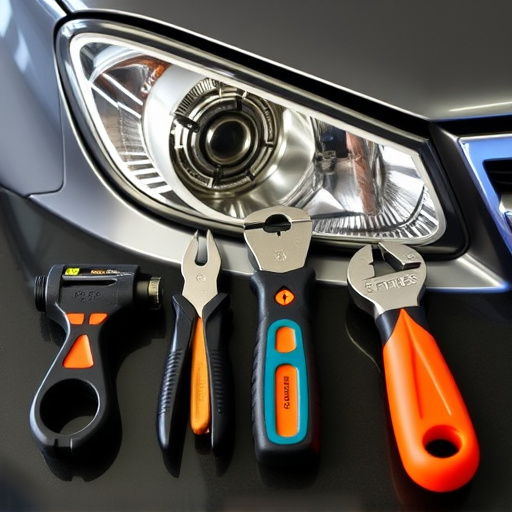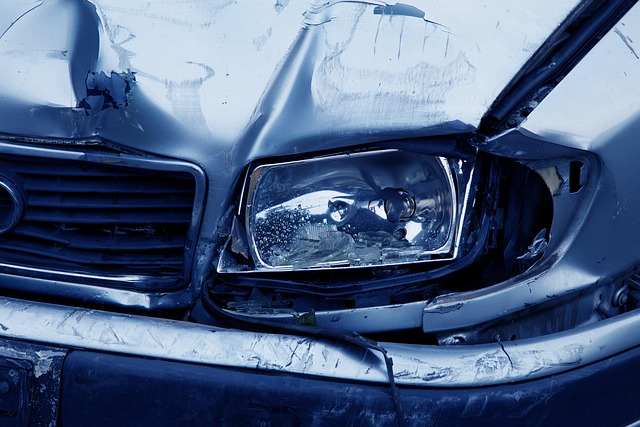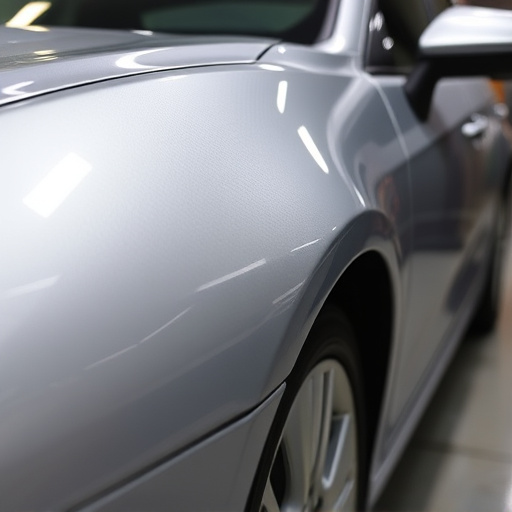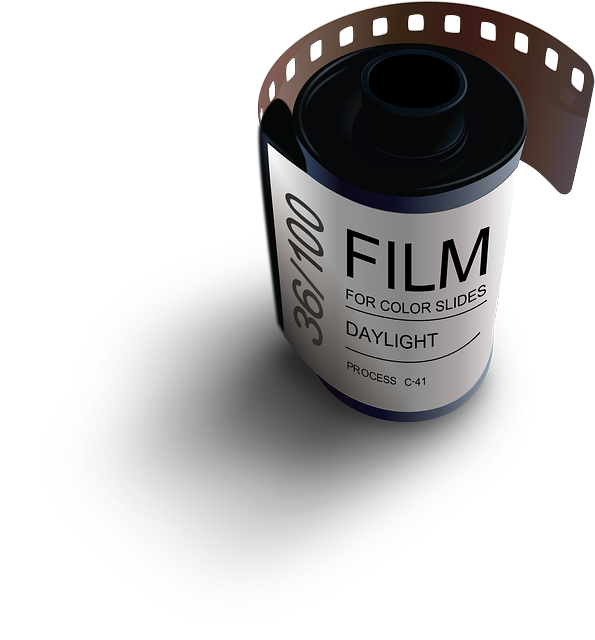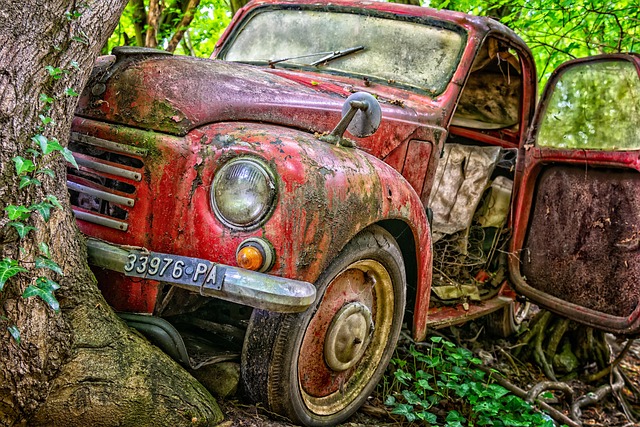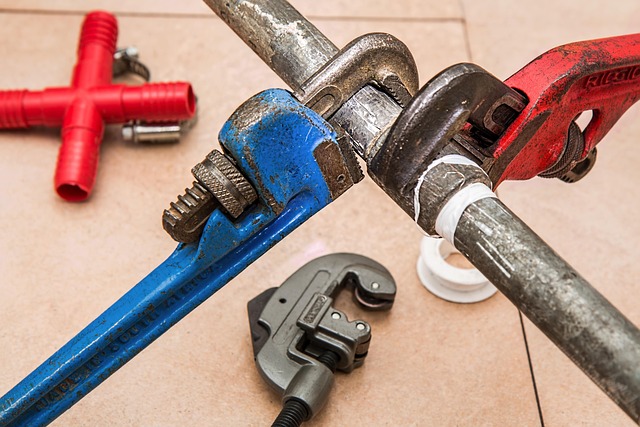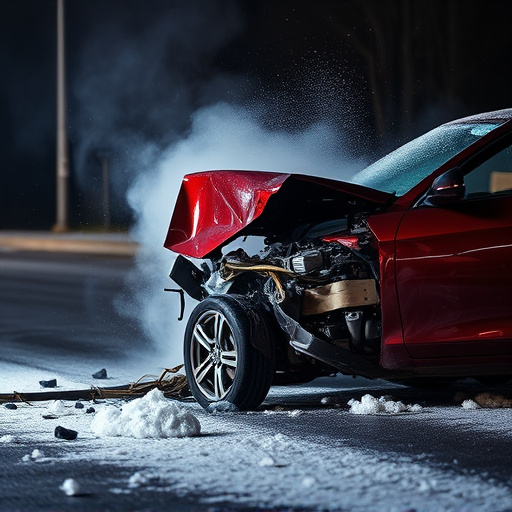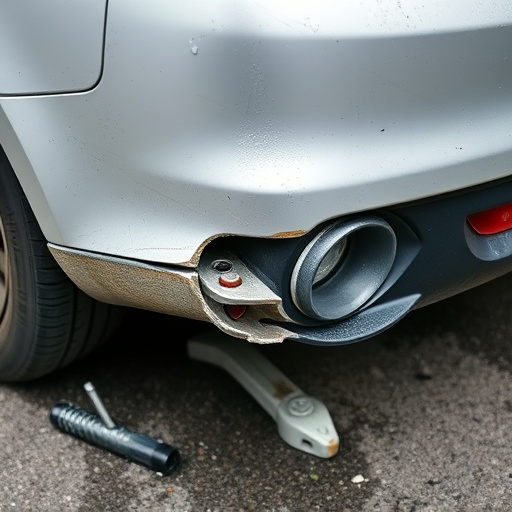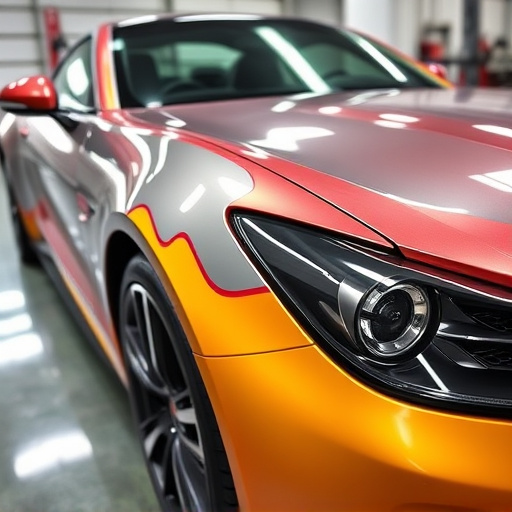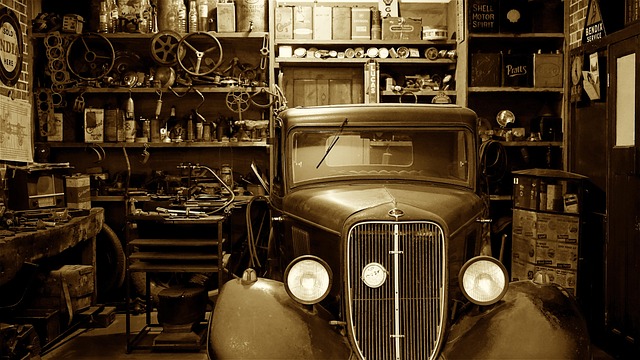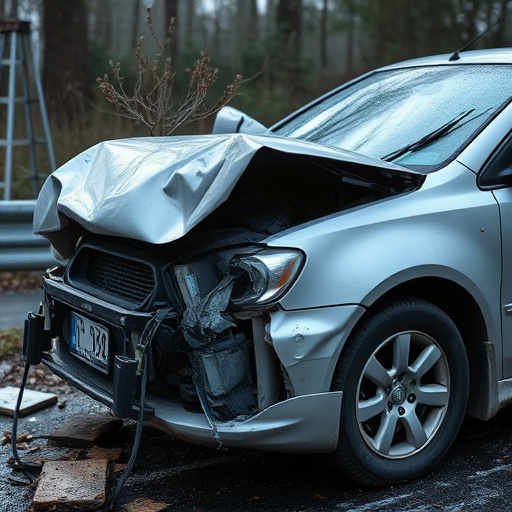In professional collision repair, Original Equipment Manufacturer (OEM) parts are vital for achieving high-quality repairs, enhancing efficiency, and maintaining a strong reputation. OEM parts offer unparalleled precision, compatibility, and quality, ensuring safe, durable, and aesthetically pleasing results, especially in complex procedures like body restoration. Their use simplifies the repair process, saves time and labor, meets stringent quality standards, and promotes the longevity of vehicles' bodywork, ultimately boosting customer satisfaction in a competitive market.
In the realm of professional collision repair, choosing the right replacement parts is paramount. Original Equipment Manufacturer (OEM) parts offer distinct advantages, ensuring superior repair quality and efficiency due to their direct compatibility with specific vehicle models. This article delves into why OEM parts are crucial for collision repair professionals, exploring legal and safety considerations, customer trust, and the overall impact on service excellence. By understanding these aspects, repair jobs can maintain compliance, enhance satisfaction, and foster loyalty among clients seeking top-tier services.
- The Impact of OEM Parts on Repair Quality and Efficiency
- – Defining original equipment manufacturer (OEM) parts
- – Advantages of using OEM parts for professional collision repair
The Impact of OEM Parts on Repair Quality and Efficiency

In the realm of professional collision repair, the use of Original Equipment Manufacturer (OEM) parts plays a pivotal role in ensuring both superior repair quality and enhanced efficiency. OEM parts are specifically designed and manufactured to fit a particular make and model of vehicle, aligning perfectly with the vehicle’s original specifications. This precise fitting ensures not just aesthetic restoration but also optimal performance and safety, which is paramount in professional collision repair jobs.
The integration of OEM parts streamlines the repair process by eliminating misfits and potential adjustments, thus saving valuable time and labor resources. Moreover, these parts are subject to stringent quality control measures, ensuring they meet or exceed industry standards. This not only minimizes the risk of future repairs but also contributes to the longevity and reliability of the vehicle’s bodywork, reflecting positively on the quality of auto body services provided. In the competitive landscape of automotive repair, adhering to these standards is crucial for maintaining a professional reputation and customer satisfaction in professional collision repair.
– Defining original equipment manufacturer (OEM) parts

Original Equipment Manufacturer (OEM) parts are specifically designed and produced by the same company that makes the vehicle itself. In the context of professional collision repair, OEM parts play a pivotal role in ensuring the highest quality and precision during vehicle restoration or auto painting processes. These parts are not generic substitutes but precise replicas engineered to fit seamlessly into the vehicle’s existing structure, be it for body repair or any other specialized service.
For professionals in the field of collision repair, using OEM parts is crucial as they directly impact the safety, durability, and overall aesthetic appeal of a vehicle. They offer unparalleled precision and compatibility, ensuring that every replacement part functions optimally alongside the vehicle’s existing systems. This is particularly important in intricate procedures like vehicle body repair, where even the slightest misalignment or incompatible component can compromise both structural integrity and cosmetic results.
– Advantages of using OEM parts for professional collision repair

Using Original Equipment Manufacturer (OEM) parts for professional collision repair offers several advantages that set apart quality workshops from their competitors. OEM parts are designed and manufactured by the same companies that produce the vehicles, ensuring a perfect fit and superior performance. This precision is crucial in complex repairs, like fender repair or car restoration, where even minor misalignments can impact the overall aesthetics and safety of the vehicle.
Moreover, OEM parts come with an array of certifications and quality standards, guaranteeing their reliability and durability. Unlike aftermarket or generic substitutes, these components have undergone rigorous testing to meet or exceed original specifications. For car paint services, using OEM parts ensures a seamless finish that accurately matches the vehicle’s original color, enhancing its resale value and visual appeal.
In the realm of professional collision repair, choosing the right replacement parts is paramount. Original Equipment Manufacturer (OEM) parts emerge as a game-changer, ensuring superior repair quality and efficiency. By selecting OEM components, skilled technicians can deliver precise, long-lasting results that meet or exceed vehicle manufacturer standards. This commitment to excellence benefits both the repair shop’s reputation and the satisfaction of its customers within the competitive professional collision repair landscape.
